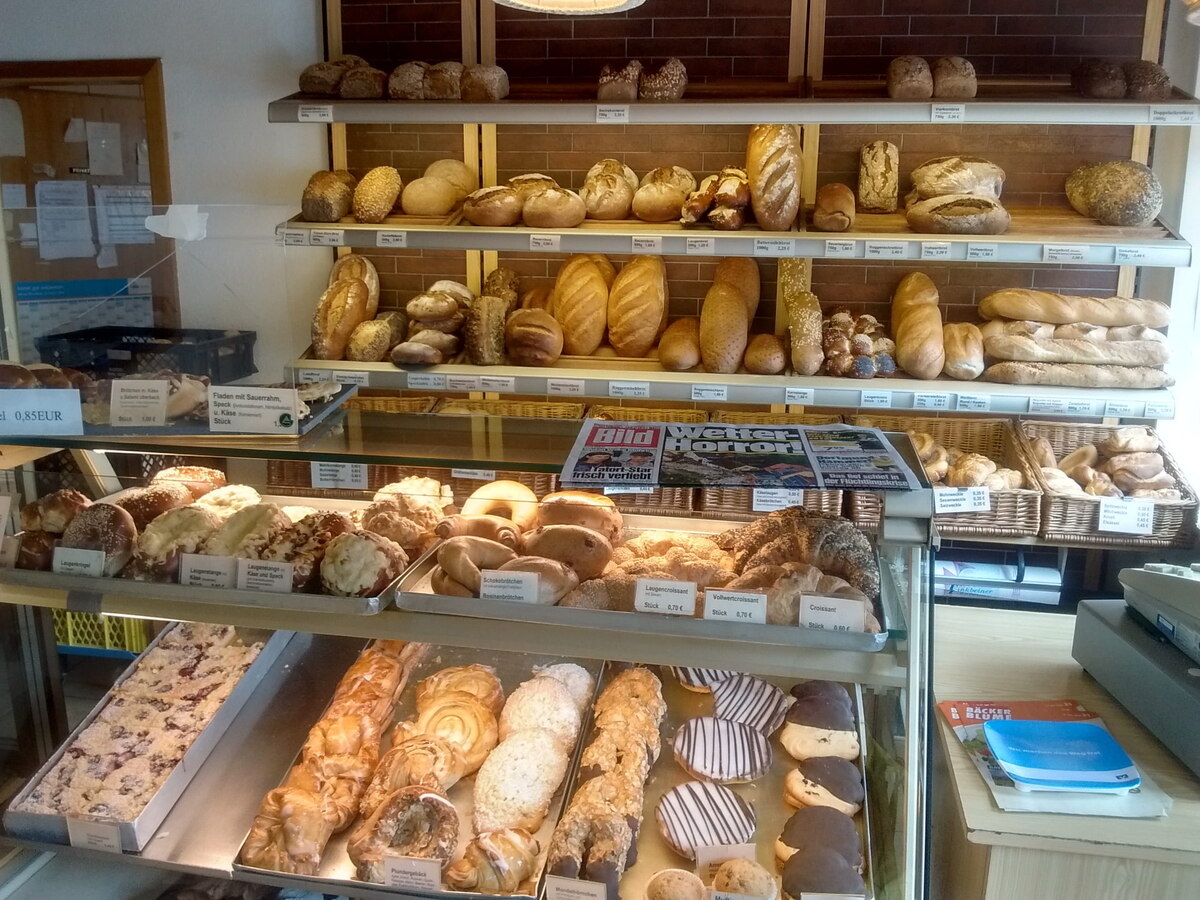

Articles
How To Store Bakery Bread
Modified: October 19, 2024
Learn the best methods for storing bakery bread to keep it fresh and delicious. Our articles provide helpful tips and tricks for preserving your favorite baked goods.
(Many of the links in this article redirect to a specific reviewed product. Your purchase of these products through affiliate links helps to generate commission for Storables.com, at no extra cost. Learn more)
Introduction
Welcome to the wonderful world of bakery bread! There’s nothing quite like the aroma and taste of fresh, warm bread straight from the oven. Whether you’ve picked up a loaf from your favorite local bakery or have tried your hand at baking your own, it’s important to know how to properly store bakery bread to keep it fresh and delicious for as long as possible.
Choosing the right bread storage method is crucial to maintaining the texture and flavor of your bakery bread. Improper storage can lead to dryness, staleness, and even mold growth. But don’t worry, we’ve got you covered with this comprehensive guide on how to store bakery bread like a pro.
Key Takeaways:
- Proper storage of bakery bread is essential for maintaining its freshness and flavor. Whether at room temperature, in the fridge, or freezer, choosing the right method based on bread type and consumption timeline is crucial.
- To prevent stale bread, minimize handling, store in a dry environment, and consider a bread box. Enjoy bakery bread frequently and follow proper thawing and reheating techniques to savor its delightful flavors for longer.
Choosing the Right Bread Storage Method
When it comes to extending the shelf life of bakery bread, selecting the appropriate storage method is essential. The two primary factors to consider are the type of bread and how quickly you plan to consume it.
If you’re planning to consume the bread within a day or two, storing it at room temperature is typically the best option. However, if you know it will take longer to finish, refrigerating or freezing the bread is recommended.
It’s important to note that not all breads respond well to refrigeration or freezing. Some breads, especially those with crusty exteriors or delicate textures, may become stale or lose their original quality when exposed to cold temperatures. Therefore, it’s crucial to choose the right storage method based on the type of bread you have.
For soft breads like sandwich loaves or rolls, refrigeration can help prolong freshness. On the other hand, crusty breads like baguettes or artisanal loaves are best stored at room temperature to maintain their crunchy crust.
Consider the time frame in which you plan to consume the bread as well. If you know you won’t be able to finish it within a few days, freezing is the most effective method to retain its freshness. Freezing bakery bread also allows you to enjoy it at a later time without sacrificing its taste or texture.
So, before you decide on a storage method, determine the type of bread you have and how long you intend to keep it. This will help you choose the most suitable option to preserve its quality and enjoy it to the fullest.
Storing Bakery Bread at Room Temperature
For many types of bakery bread, storing at room temperature is the preferred method to maintain their freshness and texture. Here are some guidelines for storing bakery bread at room temperature:
- Choose the right container: Use a bread box or a paper bag to store the bread. These options allow for some air circulation, which helps prevent moisture build-up and slows down the staling process. Avoid using plastic bags as they can trap moisture and promote mold growth.
- Keep it away from heat and sunlight: Place the bread container in a cool, dry place away from direct sunlight or heat sources like the stove or microwave. Exposure to heat and sunlight can accelerate the staling process and cause the bread to become dry and unappetizing.
- Handle with clean hands: Always handle the bread with clean hands to prevent the transfer of oils, dirt, or bacteria. This helps maintain the bread’s hygiene and overall quality.
- Re-seal the container: After each use, tightly seal the container to keep the bread fresh. This will also help prevent any odors from penetrating the bread and affecting its taste.
- Consume within a few days: Bread stored at room temperature is best consumed within 2-3 days. After this period, it may start to become stale or lose its freshness. If you can’t finish the bread within this time frame, consider refrigerating or freezing it to extend its shelf life.
By following these guidelines, you can ensure that your bakery bread remains delicious and enjoyable for as long as possible when stored at room temperature.
Refrigerating Bakery Bread
Refrigerating bakery bread can help prolong its shelf life and keep it fresh for a longer period. However, it’s important to note that not all types of bread respond well to refrigeration. Soft breads, such as sandwich loaves or rolls, are generally more suitable for refrigeration. Here are some tips for refrigerating bakery bread:
- Wrap it properly: Before placing the bread in the refrigerator, make sure it is properly wrapped to prevent it from drying out. Use plastic wrap or airtight containers to seal the bread and retain its moisture.
- Separate from strong-smelling foods: To avoid any cross-contamination of flavors, store the bread away from strong-smelling foods like onions or garlic. Bread is porous and can easily absorb odors, which may alter its taste.
- Keep it in the main body of the fridge: Place the wrapped bread in the main body of the refrigerator rather than in the door. The door is subject to temperature fluctuations, which can affect the freshness and quality of the bread.
- Take it out in advance: When you’re ready to enjoy refrigerated bread, take it out of the fridge and let it come to room temperature before consuming. This will help restore its texture and flavor.
- Consume within a week: Refrigerated bakery bread is best consumed within a week to ensure optimal taste and freshness. Beyond this time, the bread may become stale or lose its quality.
Remember that refrigeration may cause some bread types, especially crusty bread with a delicate texture, to lose their crunchiness and become less enjoyable. Evaluate the type of bread you have before deciding to refrigerate it. If your bread has a crust that you want to preserve, it’s best to store it at room temperature.
By following these tips, you can extend the lifespan of your bakery bread by refrigerating it and enjoy it for a longer period.
Store bakery bread in a paper bag at room temperature for 2-3 days. For longer storage, freeze the bread in an airtight bag and thaw as needed. Avoid storing in plastic as it can make the bread soggy.
Freezing Bakery Bread
If you find yourself with more bakery bread than you can consume within a few days, freezing is an excellent option to preserve its freshness and flavor. Freezing bakery bread allows you to enjoy it at a later time without sacrificing its quality. Follow these steps to freeze bakery bread:
- Preparation: Before freezing the bread, make sure it is completely cooled. This helps prevent the formation of ice crystals, which can affect the texture of the bread.
- Wrap it tightly: Wrap the bakery bread tightly in plastic wrap or aluminum foil. Ensure that it is securely sealed to prevent freezer burn and to maintain its moisture.
- Double-bagging: For extra protection against freezer odors and to prevent moisture loss, consider placing the wrapped bread in a freezer-safe resealable bag or airtight container.
- Label and date: It’s essential to label and date the wrapped bread, so you know when it was frozen. This helps you keep track of its freshness and enables you to prioritize using the bread in the correct order.
- Storage duration: Bakery bread can generally be stored in the freezer for up to 3 months without significant changes in quality. However, it’s best to consume it within 1-2 months for the best taste and texture.
When you’re ready to enjoy the frozen bakery bread, follow these steps:
- Thawing: Remove the bread from the freezer and let it thaw at room temperature. Avoid thawing it in the microwave or under hot water, as this can lead to uneven defrosting and affect the quality of the bread.
- Reheating: To restore the bakery bread’s freshness and texture, you can lightly toast it in a toaster or warm it in the oven. This will help revive its crust and make it taste like freshly baked bread.
Remember, freezing bakery bread is a great way to extend its shelf life, but it may result in a slight decrease in quality compared to freshly baked bread. However, when stored and thawed correctly, the difference is minimal and still yields delicious results.
By following these guidelines, you can confidently freeze and thaw your bakery bread, ensuring it remains enjoyable even after being in the freezer.
Read more: How To Store Bread Machine Bread
Thawing and Reheating Frozen Bakery Bread
Thawing and reheating frozen bakery bread properly is crucial to ensure its taste, texture, and overall quality are preserved. Here are some steps to follow when thawing and reheating frozen bakery bread:
- Thawing at room temperature: Remove the frozen bread from the freezer and let it thaw at room temperature. Place it on a wire rack or a clean surface to allow air circulation. Depending on the size and density of the bread, thawing may take a few hours to several hours.
- Thawing in the oven: If you’re in a hurry, you can thaw the frozen bread in the oven. Preheat the oven to a low temperature, around 300°F (150°C), then wrap the bread in aluminum foil and place it directly on the oven rack. Check the bread regularly, as it can quickly overheat and become dry.
- Reheating in the oven: If you prefer warm, crusty bread, reheating in the oven is ideal. Preheat the oven to 350°F (175°C) and place the thawed bread directly on the oven rack or on a baking sheet. Heat the bread for about 10 minutes or until it reaches your desired level of warmth and crispness.
- Reheating in the toaster or toaster oven: For a quick and convenient way to reheat small slices or portions of bread, use a toaster or toaster oven. Set the toaster to a medium setting and toast the thawed bread until it reaches your desired level of warmth and crispness.
- Reheating in the microwave: While the microwave can be used to reheat bread, it may result in a softer and slightly damp texture. If using the microwave, wrap the thawed bread in a damp paper towel and heat it in short intervals of 15-20 seconds until it reaches the desired warmth.
Regardless of the method you choose, be mindful not to overheat the bread as it can become dry or lose its original texture. Keep a close eye on the bread during the reheating process to achieve the best results.
Once the frozen bakery bread is thawed and reheated, enjoy it immediately for the best taste and texture. It should be as close to freshly baked bread as possible, making it a delicious treat for any meal or snack.
By following these guidelines, you can successfully thaw and reheat your frozen bakery bread to enjoy its delightful flavors once again.
Tips for Preventing Stale Bread
Nobody likes the disappointment of biting into stale bread. To help you keep your bakery bread fresh and delicious for as long as possible, here are some tips to prevent staleness:
- Store only what you need: To minimize the chances of your bread becoming stale, only store what you anticipate consuming within a few days. This way, you can enjoy the bread at its freshest.
- Slice as needed: If you have a whole loaf of bread, consider slicing only what you need for the immediate moment. This helps to maintain the freshness of the remaining unsliced portion.
- Avoid excessive handling: Every time you handle the bread, you transfer heat and moisture from your hands, which can accelerate the staling process. Minimize unnecessary handling to keep the bread fresh for longer.
- Don’t cut through the crust: When storing a loaf of bread, try not to cut through the crust until you’re ready to use it. The exposed inner portion can dry out more quickly, leading to a stale texture.
- Reheat before consuming: If you notice your bread is beginning to stale, give it a quick warm-up in the oven or toaster. The brief reheating can help restore some moisture and bring back a fresher taste.
- Store in a dry environment: Moisture is the enemy of fresh bread. Keep your bakery bread in a dry environment, away from humid areas or near the sink, to prevent it from absorbing excess moisture and becoming stale quickly.
- Consider a bread box: Investing in a bread box can help regulate airflow and moisture levels around the bread, extending its shelf life. Choose a bread box with ventilation holes or a built-in cutting board to maintain freshness.
- Frequent consumption: Enjoy your bakery bread frequently! Fresh bread is meant to be enjoyed within a few days, so try to consume it while it’s still at its peak of freshness.
With these tips in mind, you can significantly reduce the chances of your bakery bread going stale and enjoy it at its best for a longer period.
Conclusion
Properly storing bakery bread is the key to preserving its freshness and flavor. By choosing the right storage method, you can extend the shelf life of your bread and enjoy it at its best for a longer period. Whether you opt for room temperature storage, refrigeration, or freezing, each method has its benefits and considerations.
When storing bakery bread at room temperature, ensure you have a suitable container that allows for some airflow while keeping the bread protected. Refrigeration can be a good option for soft breads, although some crusty breads may lose their crunchy texture. Freezing bakery bread is an excellent way to preserve it for an extended period, but proper wrapping and labeling are essential to maintain its quality.
Thawing and reheating frozen bread requires some care to prevent texture changes. Whether you choose to thaw at room temperature, in the oven, or using other methods, patience is key. Reheating methods like toasting, microwaving, or using the oven can bring back the freshness and warmth of the bread.
To prevent stale bread, be mindful of storing only what you need, minimizing handling, and keeping the bread in a dry environment. Slicing as needed and reheating before consuming can also help maintain its quality. And remember, frequent consumption ensures you enjoy your bakery bread at its freshest.
So, the next time you bring home a loaf of delicious bakery bread, follow these guidelines to store it properly and savor the delightful flavors for as long as possible. With a little attention to storage and handling, you can enjoy fresh, delectable bread with every bite.
Frequently Asked Questions about How To Store Bakery Bread
Was this page helpful?
At Storables.com, we guarantee accurate and reliable information. Our content, validated by Expert Board Contributors, is crafted following stringent Editorial Policies. We're committed to providing you with well-researched, expert-backed insights for all your informational needs.

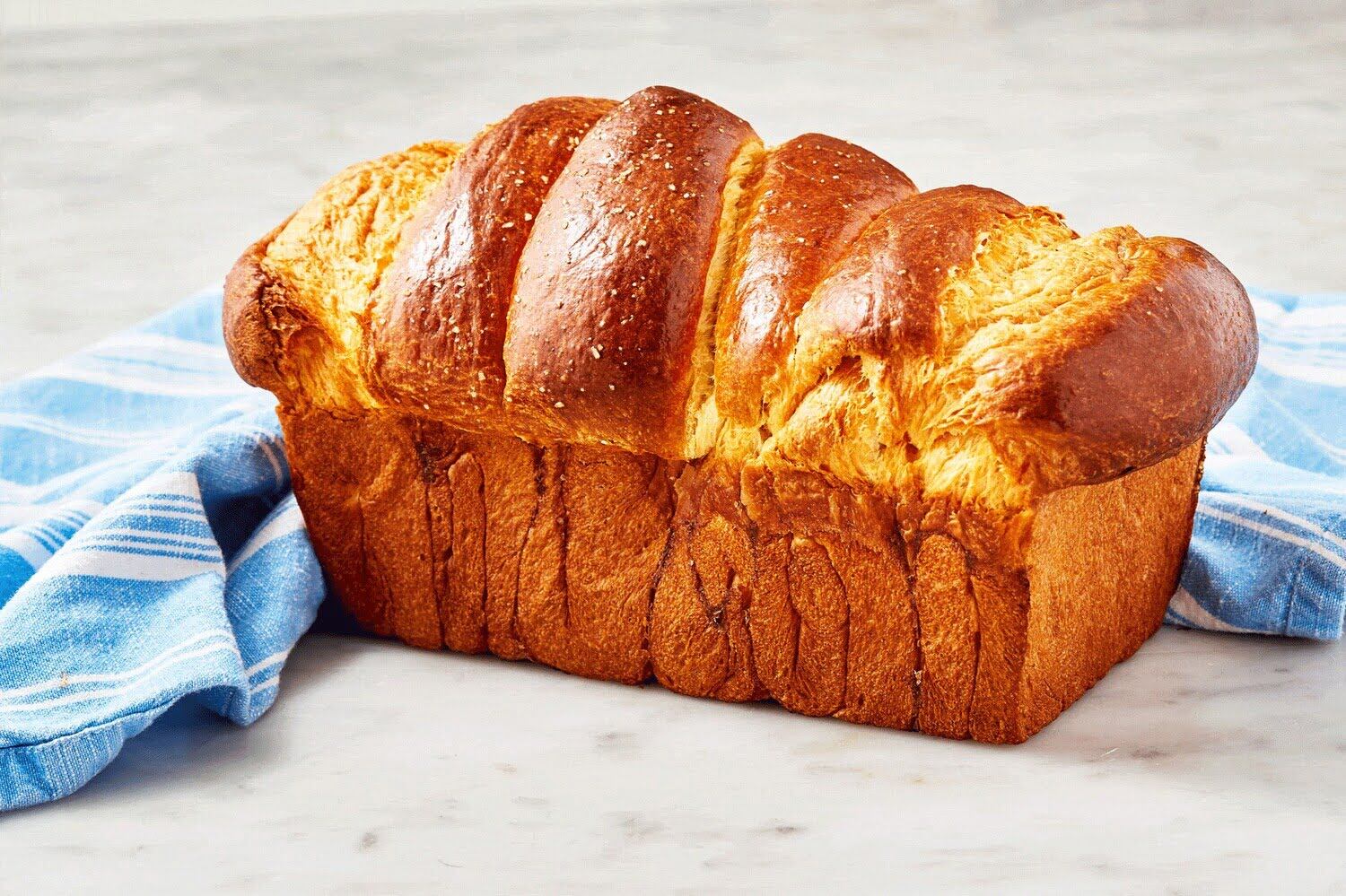
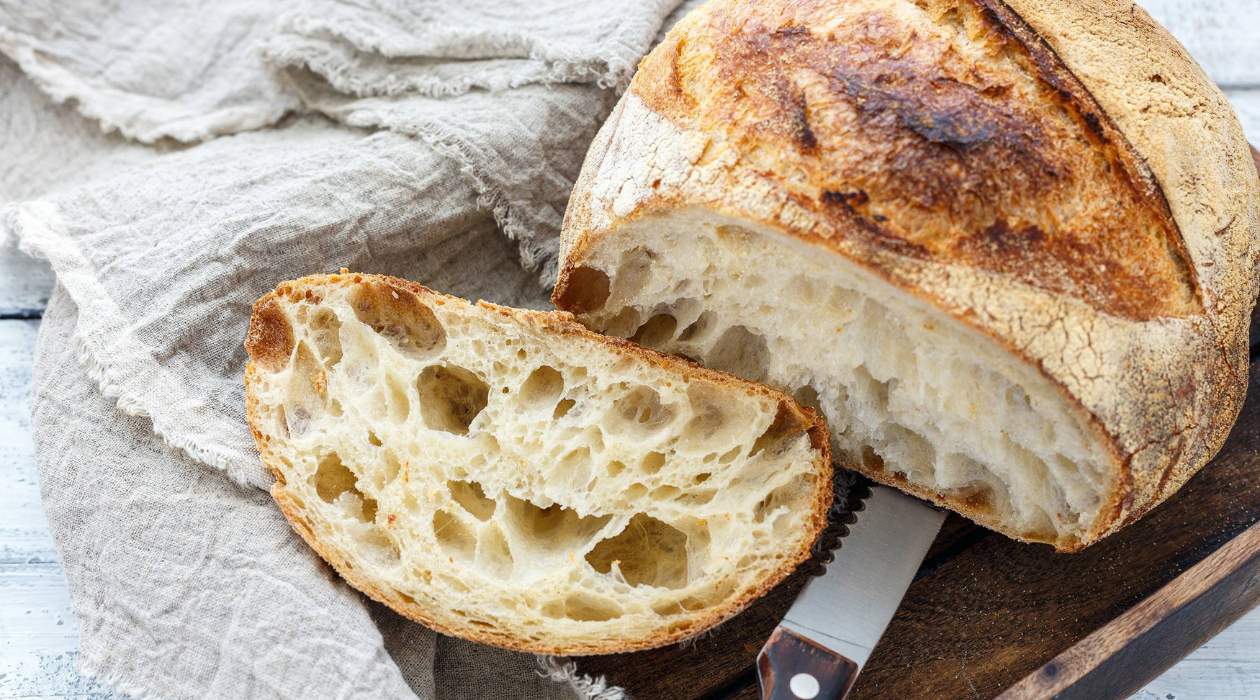
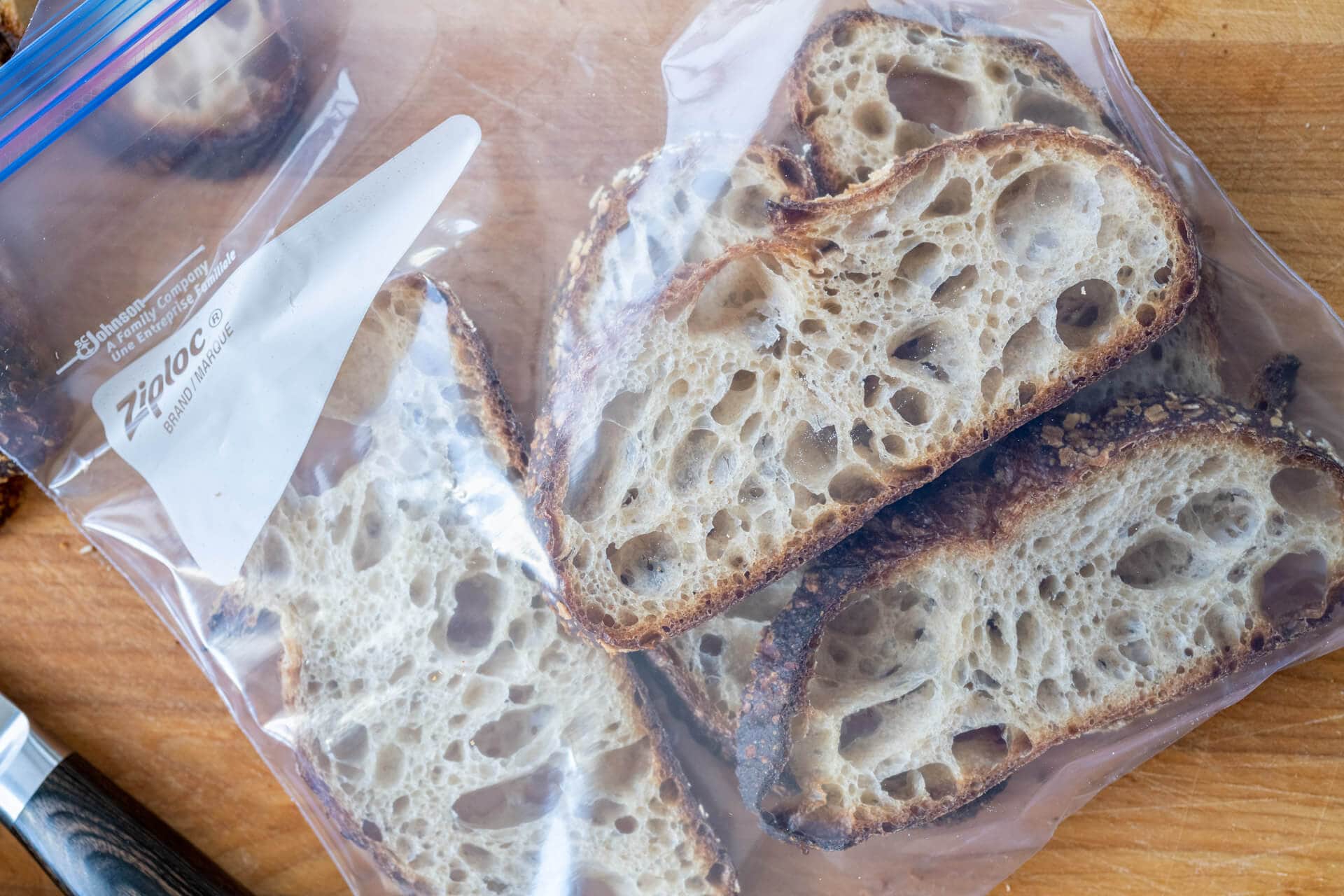
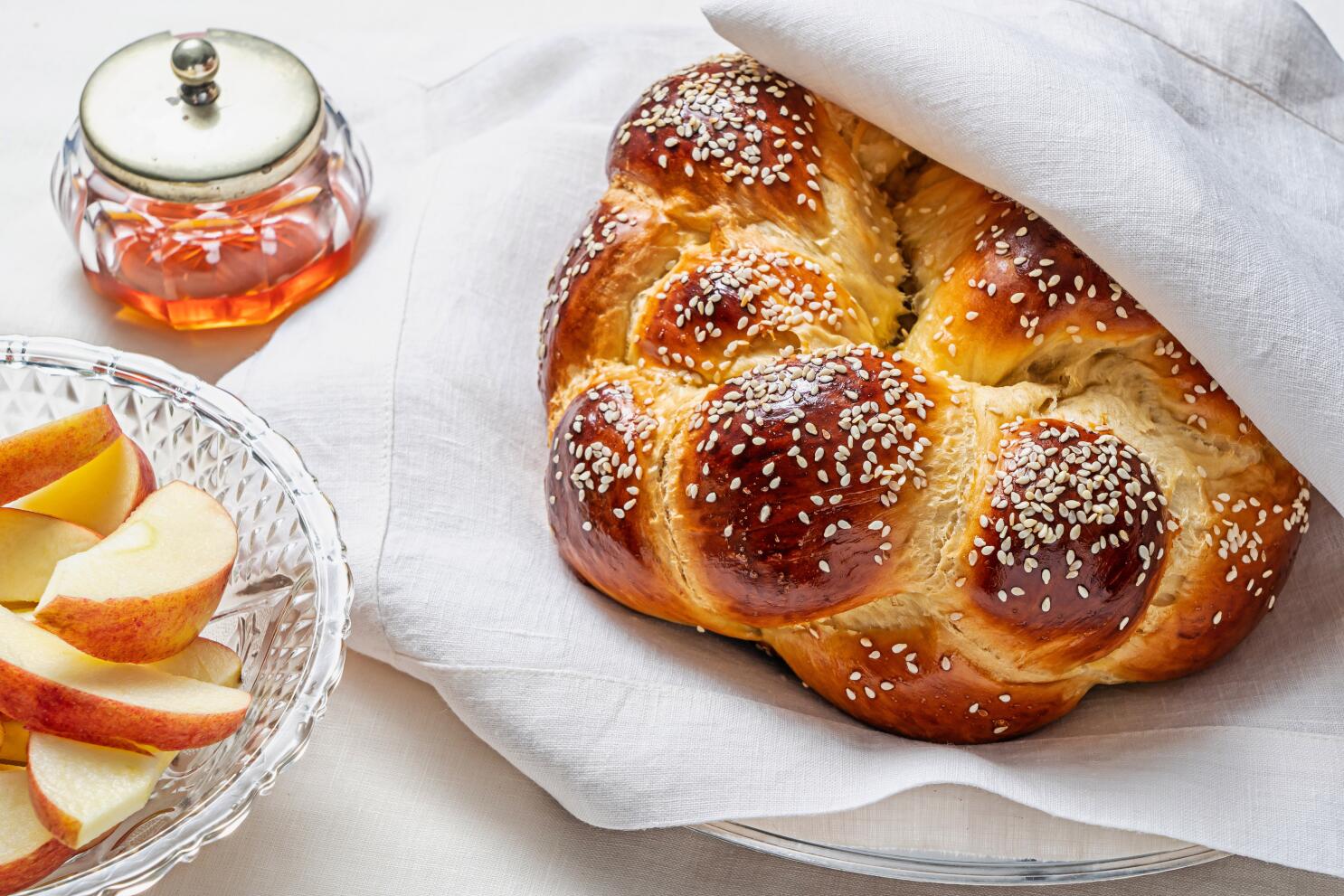

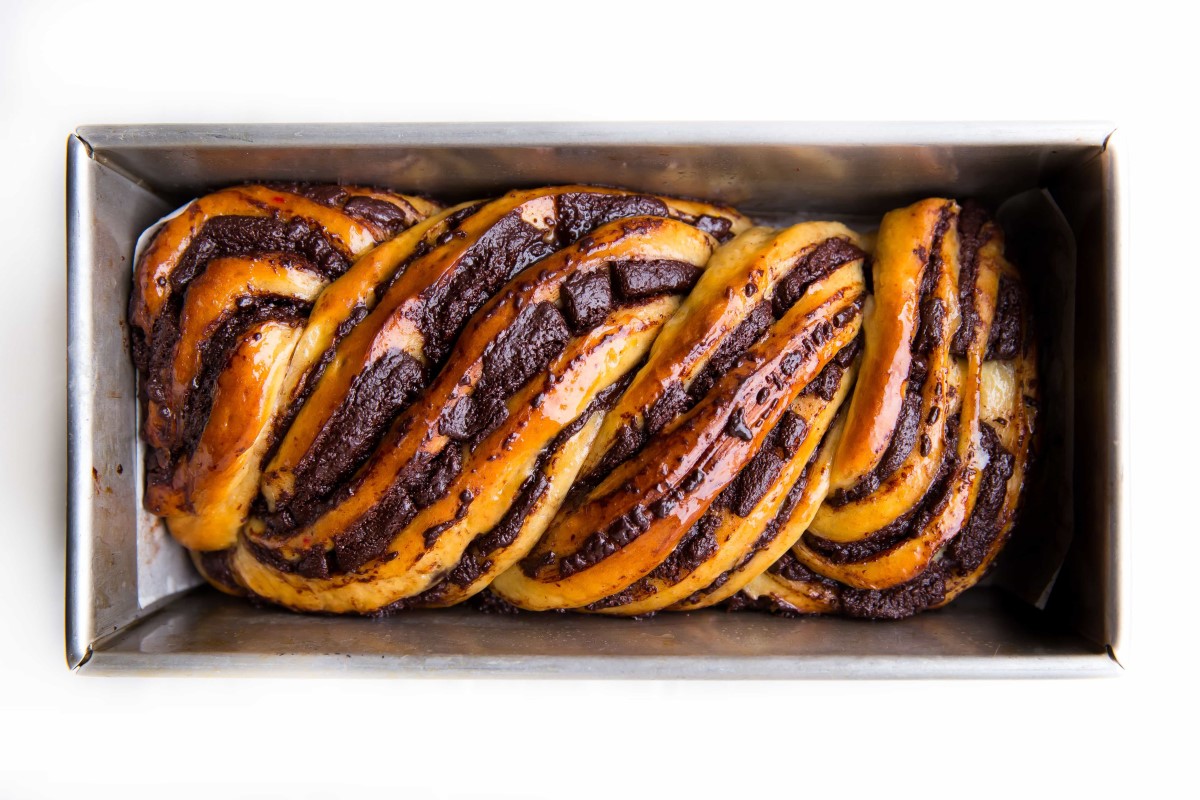
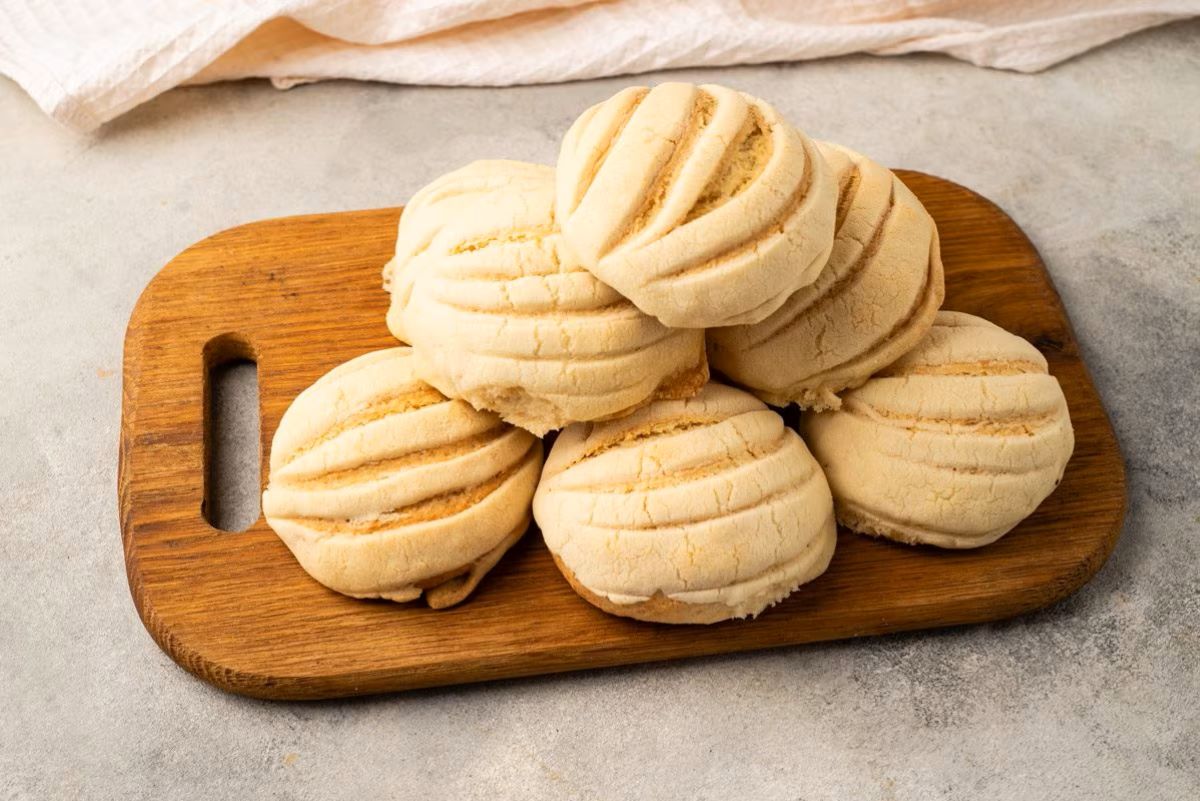
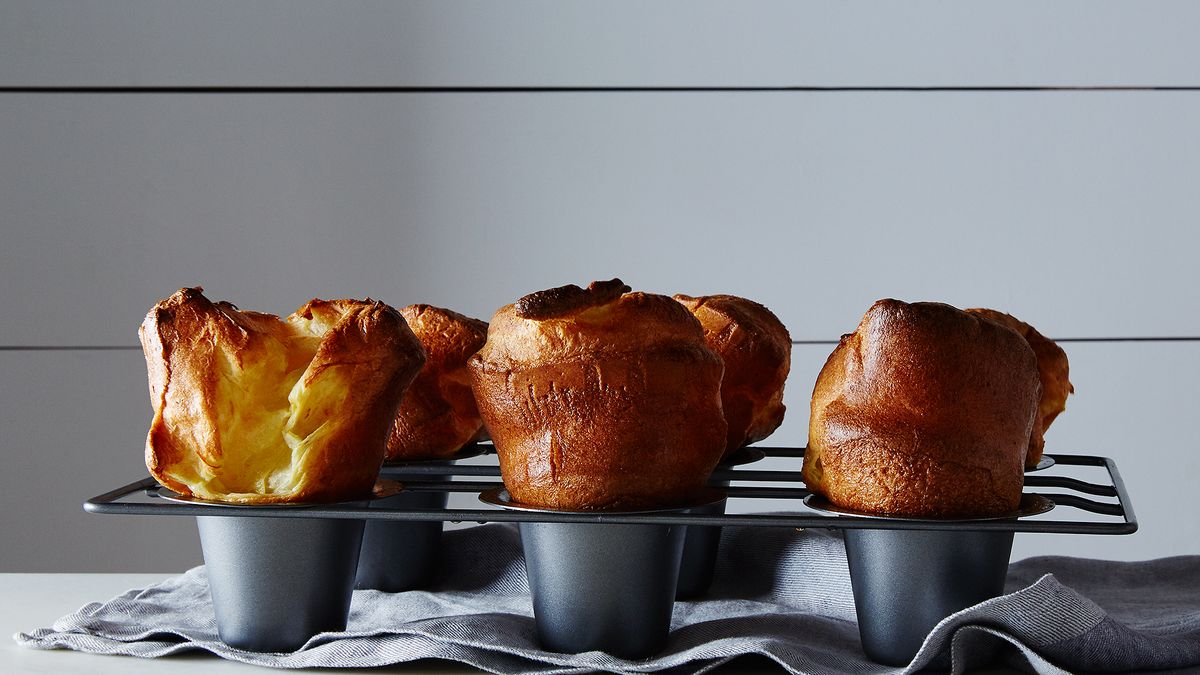
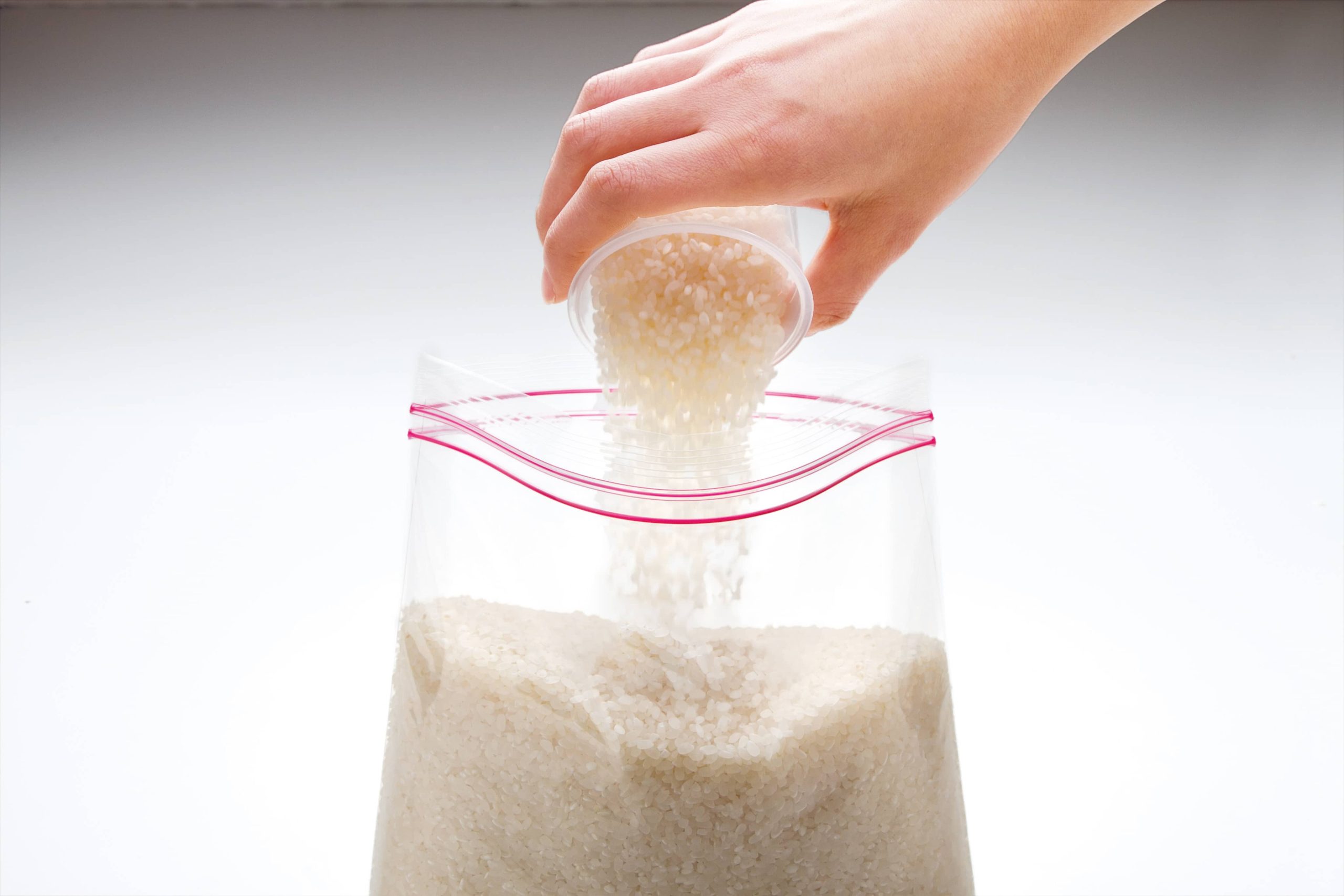

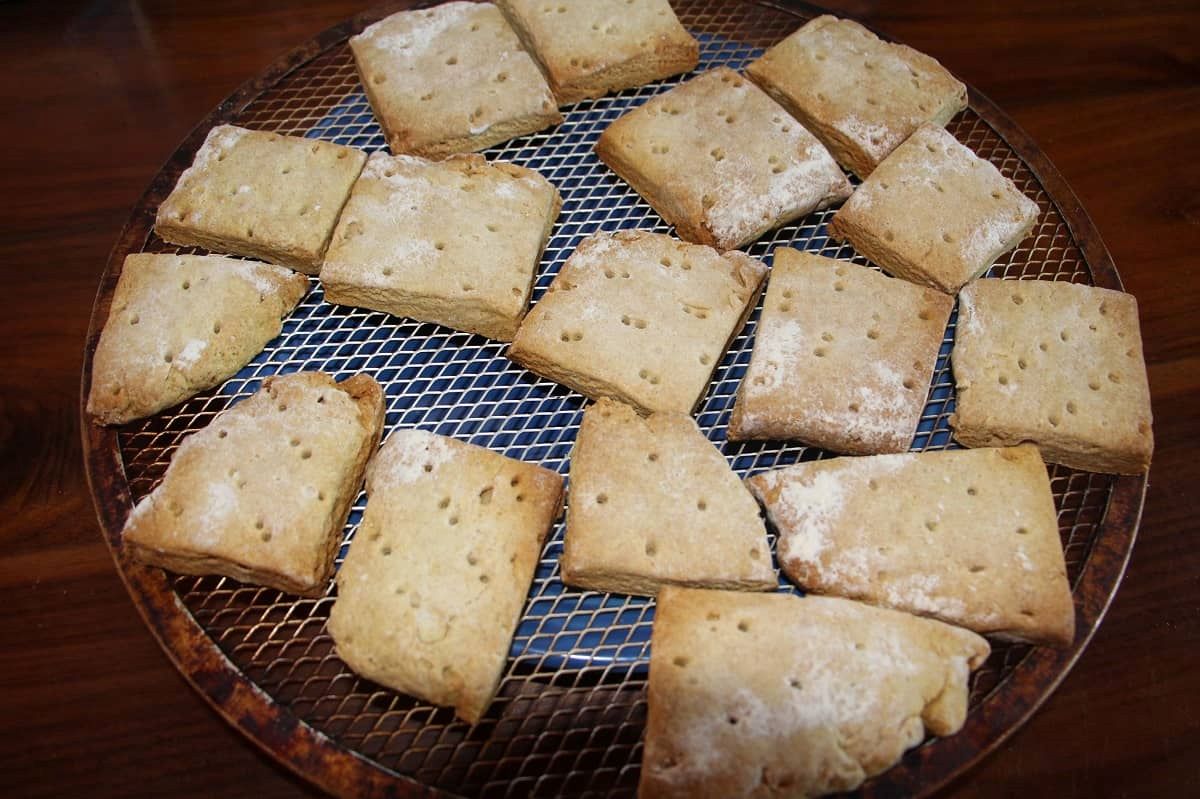
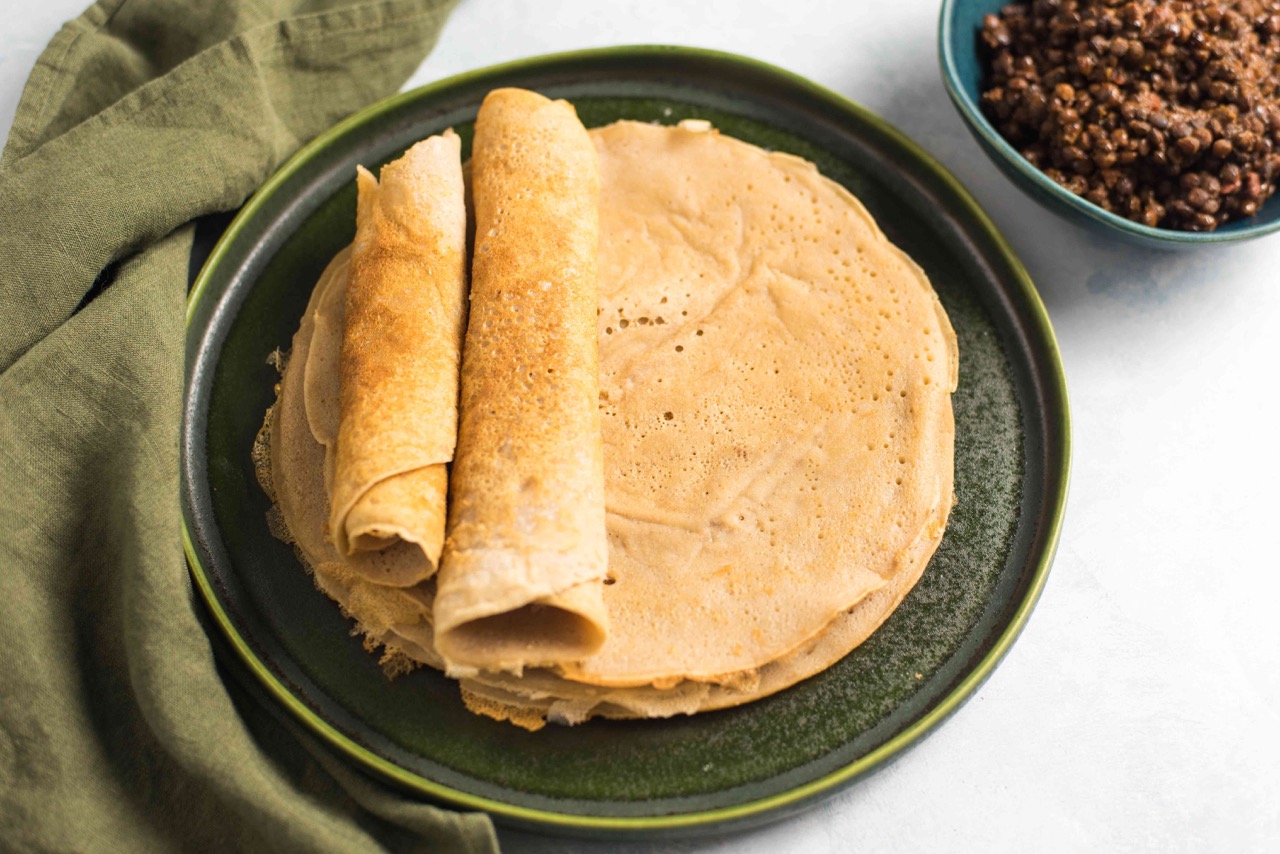


0 thoughts on “How To Store Bakery Bread”